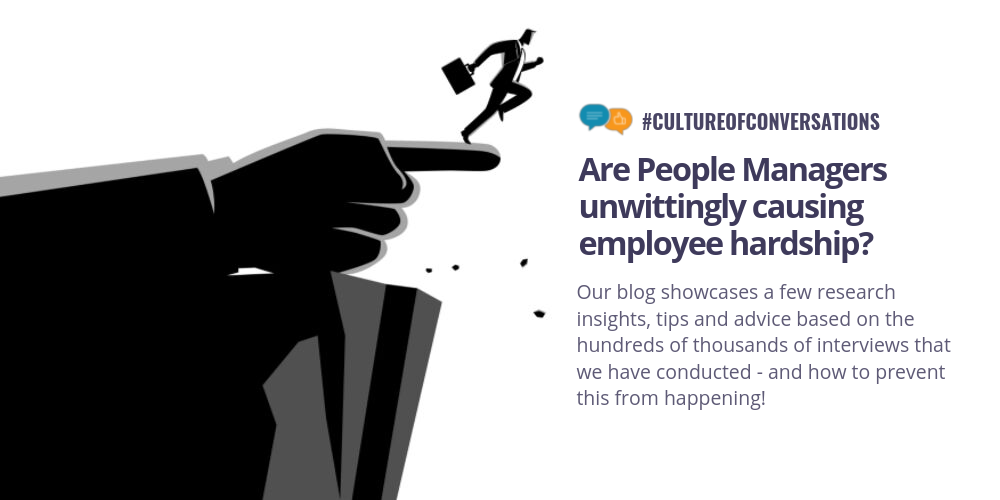“My Manager was recently promoted into his role. He has no idea how to deal with people issues. I had some issues I wanted to discuss with him, but he was unable to solve them. I tried for a few months, but since there was no improvement, I decided to look out. I have now got an offer with a 10% increase. I must say I am not happy with this hike, but what else can I do?!”
People Managers are a critical link – the ‘glue’ or even the ‘secret sauce’ – that binds an organisation together. They have a big responsibility towards ensuring that their team works and stays together through the highs and lows of life in an organisation.
The verbatim above was received by us while conducting Exit Interviews for a client. We are sure that this quote may seem familiar to you in some form and flavor. It clearly shows that this People Manager needs help to ‘keep his flock together’
We know that nobody wants to become a bad People Manager. Everyone ultimately wants the best for themselves and their team. People Managers want their teams to succeed because it reflects well not only on the team, but on themselves as well!
However, this does not always pan out as favorably as everyone expects.
We have seen that in many cases, People Managers move into the position of authority over other staff members because the selected candidate was a great Individual Contributor (IC). The person would have performed spectacularly in the individual role before being ‘promoted’ into this level. He moves into this level and realises that the complexities of people management are very different from that of an individual contributor.
This causes stress. Not only is he expected to start delivering results as an individual, he is also expected to return results as a team manager. His role has changed completely and he has no idea where to start. He then begins to try and solve problems himself – because that’s what he is used to. He becomes insulated from the rest of his team and retreats into a shell. None of this happens willingly. It comes from a place of feeling trapped and alone.
This is probably what has happened to the People Manager that has caused his team member to leave.
We believe that there is a clear way to avoid this problem in the first place and to minimise its ill effects in case this situation has arisen already. Needless to say, this becomes a project for not only the Manager’s Manager, but also provides the organisation a chance to re-evaluate its stance vis a vis the process of promotions. Therefore, all levels of the organisation need to be involved in helping People Managers.
HRBP Teams
Human Resources Teams that enable and manage this process must be fully aware of the candidates and their strengths and weaknesses. Here’s what we believe they can do:
- Work closely with People Managers consistently – not just at times when their support is required
- Learn to ‘read between the lines’ when collating inputs and findings after Skip Levels and in One on One meetings with staff members
- Look at Training Need analysis data to identify gaps in capabilities and work on how to bridge those gaps.
- Look at data of high performers and meet with them. See what their career goals are and how the organisation can help them achieve their goals.
- Also look at consistent performers – while this may seem daunting, not all high performers make good People Managers and not all ‘mid-raters’ make bad People Managers.
- Identify ‘culture-fit’ wherever possible in top talent by discussing the talent capabilities with Vertical and Horizontal Heads of Departments.
At AceNgage, we know that employees don’t always state their reservations for fear of being seen as ‘finicky’, ‘non cooperative’ or worse, ‘incapable’. They therefore go ahead with the process. A third party will be able to better gauge and understand their state of mind.
Our Employee Survey Suite can help you identify your employees’ state of mind and attitude towards this process and give you an insight on what you are dealing with.

